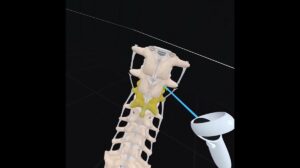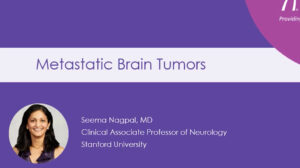NEW YORK (Reuters Health) – Abnormalities seen on brain CT with CT angiography (CTA) soon after a transient ischemic attack or minor stroke predict the risk of a full-blown stroke as reliably as MRI findings, a Canadian team has shown.
“In many institutions, CTA is more readily available than MRI and physicians should access whichever technique is more quickly available at their institution,” the authors advise in their report in the February 1 online issue of Stroke.
Dr. Shelagh B. Coutts and colleagues at the University of Calgary, Alberta, point out that up to 30% of disabling strokes are preceded by a TIA or nondisabling stroke. They note that ischemic lesions seen on MRI can identify patients with TIA or minor stroke who are at high risk for recurrence, but MRI is often not available on an emergency basis.
The team reasoned that CT/CTA is usually accessible and might provide similar information. As they explain, CT angiography adds less than 5 minutes to a standard CT brain scan and is available in many emergency departments. To compare the two strategies, they performed CTA and MRI in 510 patients presenting with TIA or minor stroke and assessed the risk of recurrent stroke within 90 days.
CT/CTA was performed within a median of 5.5 hours from onset, compared with 17.5 hours for MRI. Positive imaging results were defined as acute ischemia on CT and/or stenosis of at least 50% on CTA, and diffusion-weighted imaging lesions on MRI. The team found that 34%of the subjects had a positive CT/CTA results and 58% had positive MRI findings.
There were 36 recurrent strokes. Based on these figures, the investigators calculated that the hazard ratio for recurrence was 4.0 with CT/CTA abnormalities and 2.2 with diffusion-weighted imaging positivity.
Further analysis indicated that the discriminative value of CT/CTA and MRI in predicting recurrent stroke were not significantly different at 0.67 and 0.59, respectively.
“Using CT/CTA to assess patients with TIA and minor stroke is a practical solution to assessment of these patients and has the potential to benefit many people worldwide,” Dr. Coutts and colleagues conclude.
“Adoption of CT/CTA into clinical practice for the assessment of patients with TIA and minor stroke identifies a high-risk group suitable for aggressive acute stroke prevention treatment,” they add, but note that studies of preventive treatment options in this setting are urgently needed.
SOURCE:




